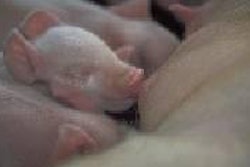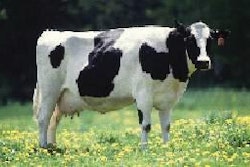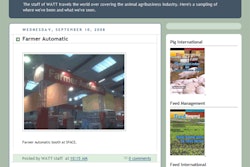Extrusion technologies have become key to the manufacture of aquatic feed. Feed International recently contacted extruder manufacturers to learn what technologies might be new, particularly in the production of fish feed.
Clextral Inc., Tampa, Florida, USA, says twin screw extrusion is the standard for aquatic feed for a number of reasons. The first is the ability to control environmental impact and food safety, affecting survival rates, growth rates and feed conversion. The company says another factor that has become increasingly important is the control of costs. With raw materials representing about 80 percent of the feed price, twin screw extrusion allows more flexibility in switching ingredients. In addition, efforts are being made to reduce processing costs, according to spokespersons with Clextral.
Impact on nutritional value
Another extruder manufacturer, Kahl, Reinbek/Hamburg, Germany, says its extruder type OEE works according to the high temperature, short time principle. Processing parameters such as moisture, temperature, pressure, and electromechanical energy input influence the physical characteristics and nutritional value of the fish feed.
Kahl notes the extruder is appropriate for production of both floating and slowly sinking pellets for tilapia, carps and catfish, as well as production of slowly sinking pellets for trouts, salmons and perches with fat content of up to 30 percent. In addition, the machine can be used for production of water stable pellets for shrimps and other crustaceans.
.jpg?auto=format%2Ccompress&crop=faces&fit=crop&h=48&q=70&w=48)





.jpg?auto=format%2Ccompress&fit=crop&h=167&q=70&w=250)











